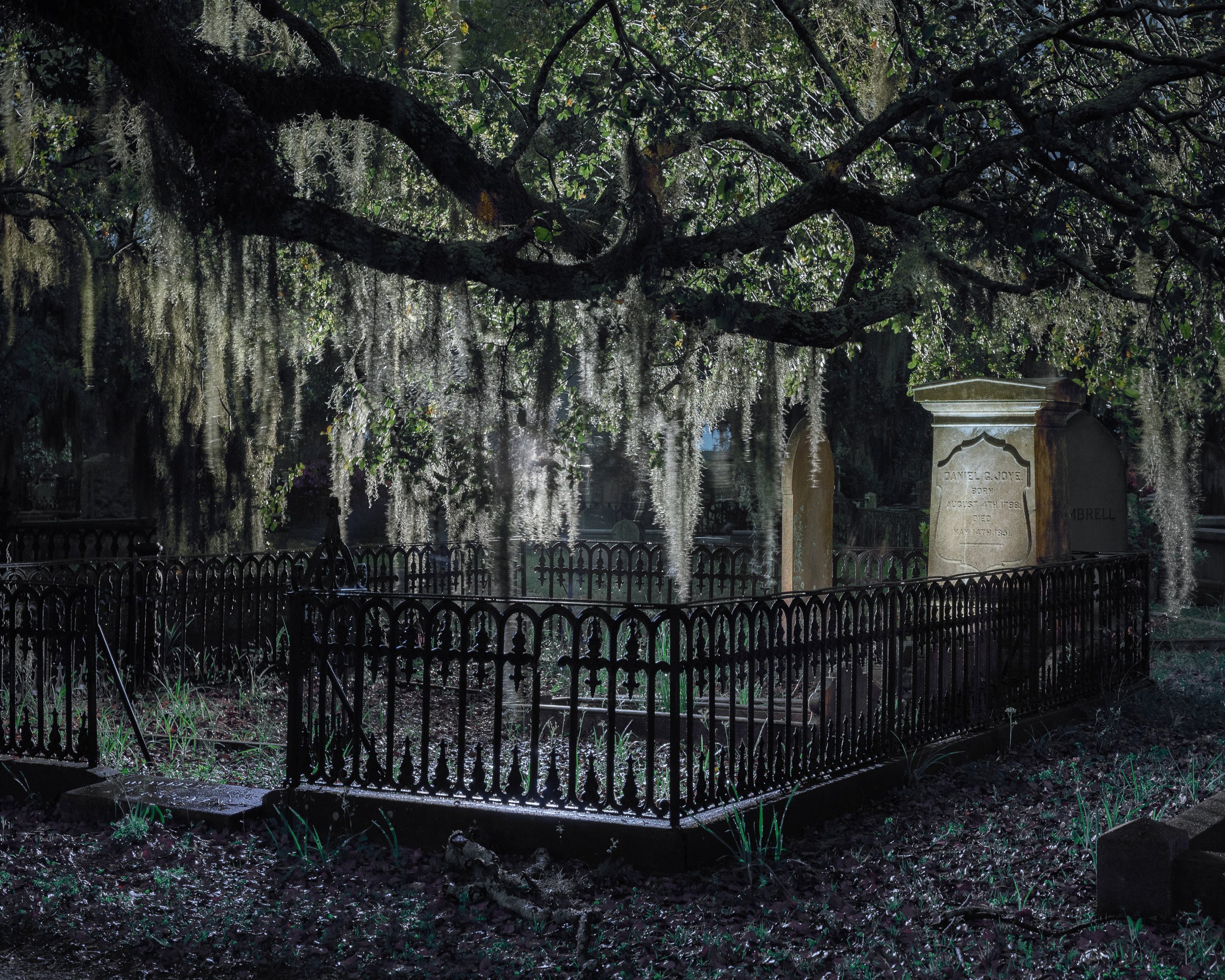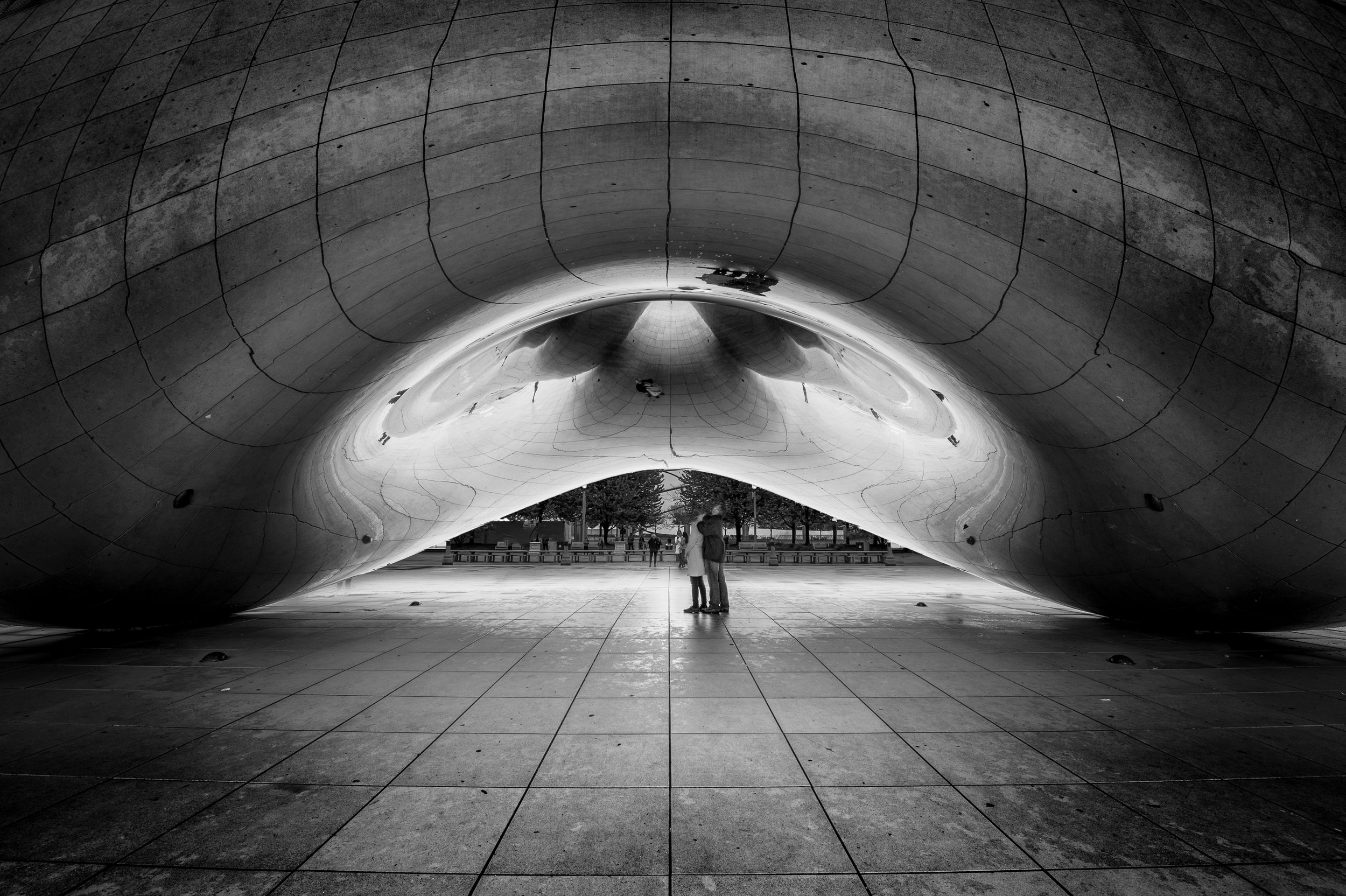Jargon. Lingo. Parlance. Vernacular. At the bottom line, they’re all just words. But words are important. Words help us understand each other, they help us understand concepts, they help us learn new ideas. And the words that have nuanced definitions for a particular field are critical to understanding that field well.
Auto mechanics have their own vocabulary. For example, to them “dipstick” means something entirely different. Software engineers have their own terminology. For example, “incremental development.” Sailors have theirs. “Argh!”
And night photographers? Heck yeah, we have our own language too. Heaven help the stranger who walks into a night shoot and tries to make sense of, “Hey, I set the LENR when using my intervalometer, and now I have gaps in my star-stacked Silky Way, not to mention moire. And don’t even get me started on my lighting ratio and ambient exposure. Hot pixels! Bortle!!!”
Yeah, we have a lot of words.
At National Parks at Night, as photography instructors we spend a fair amount of time talking about those words and terms—words and terms from A to Z, such as “azimuth” and “zodiacal light.”
Now we’ve put those words together into a glossary. Over 250 terms about night photography, along with over 80 images to illustrate. The vocabulary of this fun and wonderful thing we do.
We’re making The Night Photography Glossary available to all, to read over your morning coffee. You can do so two ways:
We have added a Night Photography Glossary page to this website.
We have published a Night Photography Glossary e-book, with a fun, illustrative layout. For this we are charging—well, whatever you’d like to pay us. You may enter $0 and download for free, or you may send us some funds in exchange for our educational offering. Whatever it feels worth to you, is fine with us.
Either way, these are living documents. We will make updates to the Night Photography Glossary over time, adding terms and updating definitions. The webpage will always be kept current, and occasional updated versions of the e-book will be available as well (if you download, you’ll receive an email whenever we post a new version).
OK, enough words from us—in this announcement, at least. Move on over to all the words in our glossary. Soon you’ll be able to tell all your friends about how you bulb-ramped that time-lapse and then used your colorimeter to ensure accurate K and dark-frame-subtracted the hot pixels. Bortle!
















